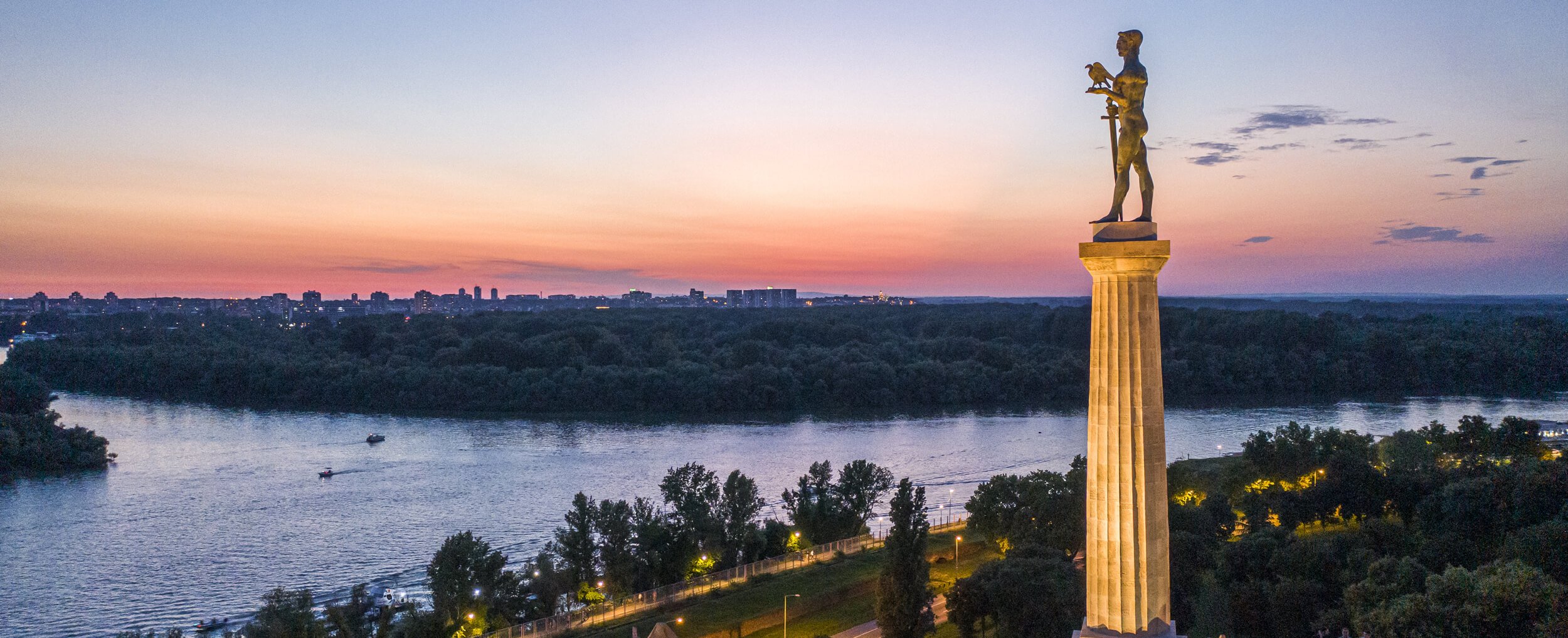Archaeological excavations have revealed a part of the marble lintel of the Metropolitan Church of the Assumption of the Mother of God with the founder’s inscription of Despot Stefan Lazarevic. Apart from the inscription, no other remains of the church were found, which was destroyed at the beginning of the third decade of the 18th […]
The remains of Stefan Lazarevic Castle are still preserved in the northwestern part of the Upper Town. The citadel or inner town was firstly designed as a Byzantium fortress in the twelfth century. It was rebuilt during the rule of despot Stefan Lazarevic during the period between 1404 and 1427. Archaeological researches, which were carried […]
The base of the south-eastern rampart surrounding the Upper Town was built between 1404 and 1427 during despot’s rule over Belgrade. At that time, the rampart’s Southern Gate represented the main entrance into the medieval fortification. Despot’s biographer, Constantine Philosopher, mentions other gates of Belgrade Town (Eastern, West and North). The exploration of the Southern […]
The two storey barracks building with a baroque façade was erected parallel to the southeastern rampart in the year 1720. It was pulled down at the end of the same century, when Turks re-established their rule over the Fortress.
The barracks built by Austrians during the twenties of the eighteenth century. The Turks only tore down some portion of the building as to adjust it to their needs. These barracks are mapped into the plans dating from the nineteenth century, where it is mentioned as a hospital of “the royal Nizamic army”. After the […]
This small powder magazine was located in the eastern corner of the Upper Town, between the remains of the two barracks up until the start of the Second World War. It was built between 1725 and 1736 as most of the powder magazines in the fortresses from the eighteenth century.
The building, which housed the command of the Belgrade Fortress – the Main Guard Building, was erected during the Austrian reconstruction of the fortress during the thirties of the eighteen century. Sultan Mahmud I (1730-1754) subdued Belgrade once again to Turkish power, and he added flanking galleries and a minaret, turning the building into a […]
The latest findings made by archaeologists during additional explorations of the South-East Rampart of the Upper Town of the Belgrade Fortress are the remains of the 18th-century blockhouse, a construction most similar to a modern bunker. The object had two floors, five gun holes and was used to hide the soldiers who were defending the […]
The remains of the Roman fortification, the camp of Legio IV Flavia, are very poorly preserved since they lie under the foundations of younger fortifications or were completely destroyed during later construction. Although the remains of the camp can only be seen in rare places today, their layout testifies to a spacious fortification, the defended […]
Today, the colloquial name Eastern Suburbs is borne by a small fortification on the most protruding part of the Danube slope. It was built in the last stage of the development of medieval fortifications, in the first years of the reign of King Matthias Corvinus (1458–1490), at the same time as the cannon tower at […]

